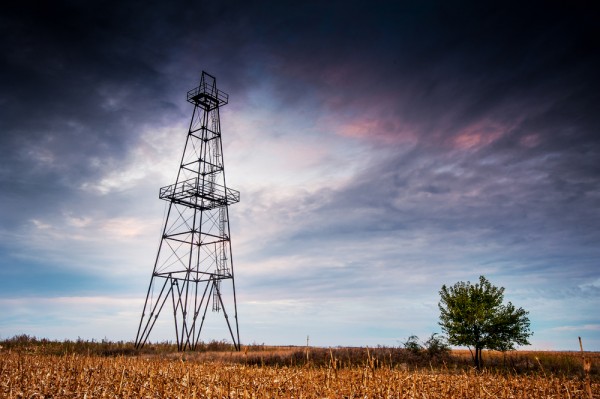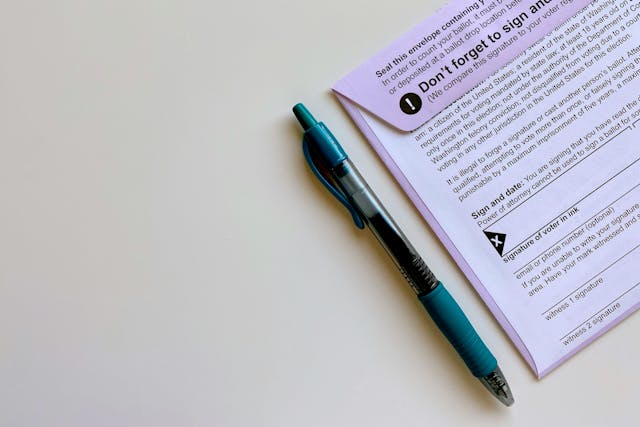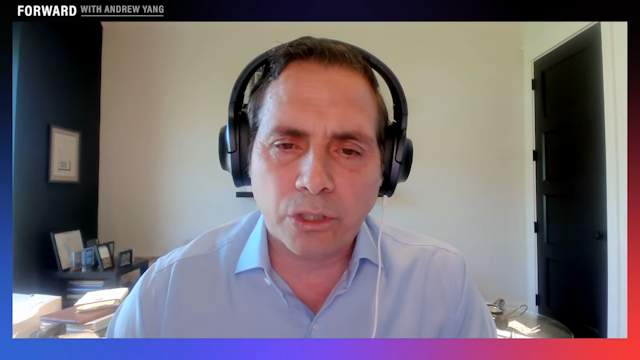Fracking Potential in California is Vast But Barriers Stall Process

 Credit: Calin Tatu / Shutterstock.com
Credit: Calin Tatu / Shutterstock.com
Hydraulic fracturing, commonly referred to as fracking, is the process of injecting fluids under high pressure to crack underground rocks and release oil or gas. With the introduction of technologies such as this, oil reserves that have historically been too difficult to extract have become viable extraction sites.
Natural gas is referred to as the “bridge fuel” from gas and oil energy to renewable sources. It is responsible for nearly 40 percent of electricity generation in the country. Recent estimates from Advanced Resources International (ARI) and the U.S. Energy Information Administration (EIA) show that the United States is home to some of the largest shale gas reserves in the world, with 1,161 trillion cubic feet of recoverable shale gas.
California is home to the largest oil shale play in the nation - the Monterey Shale. The shale, which spans much of the Central Valley and the Central Coast, contains 15 billion barrels of oil. According to Clean Water Action, oil companies such as Venoco, Occidental, and PXP plan to use methods such as fracking to make California the biggest on-shore oil producing state.
“Right now there’s a bit of a Gold Rush mentality concerning shale oil,” Don Gautier, a geologist with the U.S. Geological Survey, said in a statement to KQED. “This technology has become very sophisticated... these explorationists are justifiably optimistic about the idea of being able to get out oil that couldn’t have been accessed just a few decades ago.”
However, the dangers associated with fracking have proven deeply concerning to California residents, and fracking remains highly controversial.
On April 8, 2013 a federal judge made a major ruling in a California fracking lawsuit, finding that the Bureau of Land Management (BLM) had failed to adequately consider the risks presented by fracking when issuing oil and gas leases on federal lands. Health and environmental impacts related to fracking, seen in communities nationwide, include: contaminated drinking water and polluted air, degradation of local waterways, and decreased property values.
The practice has also been correlated to an increase in small to moderate induced earthquakes in Oklahoma, Arkansas, Ohio, Texas and Colorado.
The California Democratic Party has officially passed a resolution in favor of an immediate ban on fracking, stating:
“Fracking uses large amounts of water thereby reducing its availability for agriculture and other public use, uses large amounts of toxic chemicals some of which can cause cancer, creates wastewater that brings these chemicals and other deep earth contaminants (sometimes radioactive) to the surface and can pollute the water supply either directly or through leaky wells, releases methane gas into the air that exacerbates climate change, and may cause earthquakes.”
Nine bills on fracking were introduced in California’s legislative session this year; three bills attempting to impose a moratorium on the controversial oil and natural gas extraction technique were passed by the state Assembly's Appropriations Committee. The bills would halt all fracking in California until the practice’s impacts are understood more fully and require further legislative action to lift.
At the request of Congress, the EPA is conducting a study to better understand the potential impacts of fracking on drinking water resources. The scope of the research includes the full lifespan of water in hydraulic fracturing. The progress report was released in December 2012 and a draft report is expected to be released for public comment and peer review in 2014.



